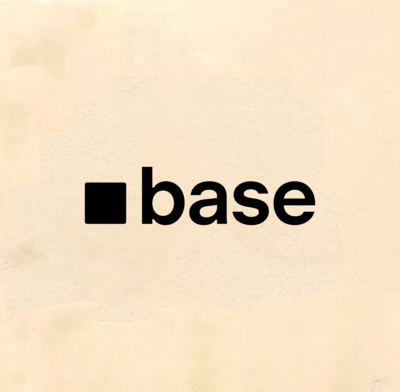Base, a Layer-2 platform created by Coinbase for building on top of the Ethereum blockchain, teased the possibility of issuing a token for the network in a series of communications on Monday.
Coinbase’s Ski Town Retreat Signals New Base Token that Armstrong Calls “Philosophy”

At BaseCamp 2025, the annual gathering of Coinbase’s L-2 network, an executive announced that it is now exploring the possibility of issuing a network token, revealing part of his presentation via the official Base account on X. That was followed an hour later by a similar post on X by Coinbase Co-founder and CEO Brian Armstrong.
The initiative marks a notable shift for Base, which until now has avoided token issuance. So far, the Base project has focused on building infrastructure, lowering transaction costs, and ensuring developer- and user-friendly operations.
That focus is in line with its stated vision of unlocking the internet by creating an accessible “ecosystem” for anyone to contribute to – essentially a canvas and set of tools for builders to develop decentralized applications. “Base” is also the brand name for the app created by Coinbase, a cryptocurrency exchange founded in 2012, to replace the wallet which customers may use for messaging, payments and trading services.
What do we actually know?
Coinbase said it’s in the early phases of studying how a network token could work. There is no design, timeline, or governance model confirmed yet, resulting in a buzz around a token project that may have little substance (we don’t know, it’s not clear if they do).
In a walking video monologue from the company event in the US state of Vermont via @Base, the executive in charge of Base, Jesse Pollak, noted that:
“We don’t have it figured out…it’s still very, very early… but it feels like the next chapter where we can figure out how do we use this new tool…how we use crypto at its best to change the world for the better.”
Opportunities for builders
The token is being considered as a method to deepen decentralization and broaden opportunity for creators, builders, and the community at large, according to Pollak. In a related blog post on its website, Base frames its vision as one of a “global onchain economy,” which the token will help bring about.
In the blog, Base has laid out three guiding commitments if it moves forward:
- To stay deeply aligned with Ethereum;
- To work within US regulatory frameworks;
- To build transparently and involve the community in discussion, listening, learning.
Mountain getaway
Coinbase has gathered about 500 builders and creators for its “BaseCamp” event in the small ski town of Stowe, nestled under Vermont’s highest peak Mount Mansfield. Its regular social media updates also included an announcement on producing a new bridge between Base and the Solana blockchain.
The onsite news was followed by Brian Armstrong’s endorsement for the token on X:
“It could be a great tool for accelerating decentralization and expanding creator and developer growth in the ecosystem,” he said. “There are no definitive plans. We’re just updating our philosophy.”
Other market operators
Coinbase is playing catch up. The two largest Ethereum Layer-2 networks, Arbitrum and Optimism, previously launched tokens in 2023 and 2022 respectively.
- Arbitrum’s token, ARB, is mainly used for governance. Holders get a vote on how the network evolves and how its large community treasury is spent. Arbitrum has become a market leader in terms of money flowing through its network, especially in decentralized finance.
- Optimism uses OP, which also lets holders participate in governance but has a more experimental design. It set up a two-house system: one section for token holders, and another for community members recognized for their contributions. Optimism has leaned heavily into funding projects that benefit the ecosystem but aren’t easily monetized, as well as supporting developers.
While this week’s announcements are little more than signalling, the project does appear to be entering a new stage, where infrastructure and speed are established, and the question becomes how to distribute power, incentives, and benefits more broadly. Whether the token changes governance, rewards users, or merely serves technical functions is not yet clear – certainly it would be an interesting new addition to the rapidly growing number of tokens that store value and facilitate blockchain-related projects.
